Did you know that a mere 5% increase in customer acquisition can increase a company’s profitability by 75%? The world of SaaS is no exception. With the ever-increasing competition in the SaaS industry, acquiring new customers has become both a challenge and a necessity.
In this analytical piece, we’ll delve deep into the AARRR Framework, focusing primarily on the ‘Acquisition’ aspect. Drawing from the latest research and data, we aim to provide SaaS companies with +13 proven tactics to bolster their customer acquisition strategies.
By the end of this read, you’ll have a comprehensive understanding of how to effectively attract and convert potential customers. We’ll cover tactics that range from optimizing your website for search engines to leveraging social proof. So, whether you’re a startup or an established player, these insights will equip you to drive growth.
Expect to uncover strategies like content marketing, referral programs, and user onboarding – all tailored for the unique needs of SaaS businesses.
#1 Add a PDF Download Page to your content
Drive lead generation by offering a downloadable PDF on a topic of interest to your target audience.
Create a dedicated landing page where visitors can access the PDF after providing their email address.
The PDF should offer valuable insights, establishing your company’s authority on the subject.
By capturing email addresses, you can nurture these leads with further content and product offers.
This tactic not only fills the top of your funnel with qualified leads but also positions your brand as a thought leader in the industry.
Ensure the content of the PDF is relevant to your product or service, guiding the reader towards considering your solution.
#2 Add embedding features to your product to create viral loops
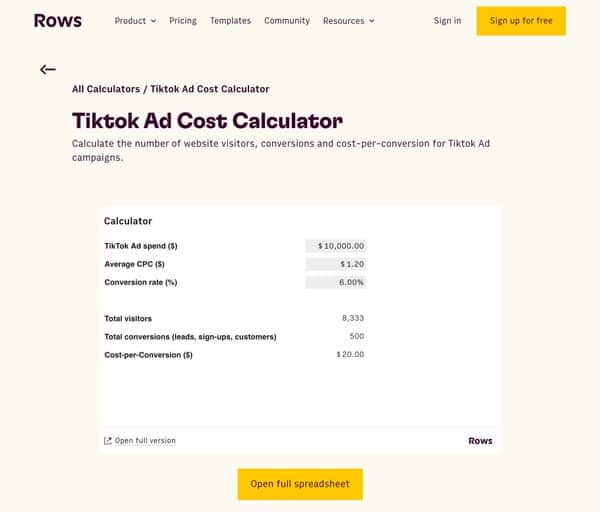
Embedding features within a product can create a self-sustaining growth loop.
When users interact with the embedded feature, they often share it, leading to increased visibility and potential new users.
Rows.com Approach: The use of calculators is adjacent to spreadsheets, making it a relevant strategy for Rows. By creating public calculator landing pages, Rows uses embeds to solve functional problems (the calculator itself) and increase feature awareness.
Project Components: Each calculator landing page consists of an embedded spreadsheet calculator, a guide on its usage, and a CTA inviting visitors to explore Rows further.
🏆 Results: Within 10 weeks of publishing the first batch of calculators, the pages generated 43k impressions and 500 clicks.
Loom’s Strategy*: Loom allows users to record and share video messages. When a non-Loom user views the video, they receive an invitation to try Loom, creating a viral loop.
Credits: Henrique Cruz
#3 Build free tools to acquire users
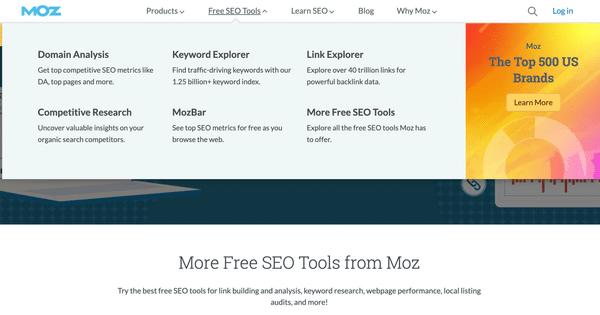
Building separate free tools, not just free trials, can serve as powerful growth channels for SaaS businesses by breaking down customer resistance barriers.
Three most important takeaways:
- Free tools are separate from the core product and require no signup.
- These tools address two primary customer resistance points: lack of trust and the desire to see quick results.
- The strategy involves offering a limited feature set in the free tool and including a strong call to action to guide users to the main paid product.
Many SaaS companies have successfully implemented this strategy. Examples:
- Hubspot
- Moz
💡 The Buffer case: They initially offered a simple tool to schedule tweets. This free tool gained significant traction and became a comprehensive social media management platform.
#4 Convert your Lead Magnets into PDF format
Offer valuable content in the form of a downloadable PDF to capture leads.
👉 This tactic involves creating a dedicated page where visitors can access and download content relevant to their interests.
👉 In exchange for the PDF, collect email addresses to nurture these leads further.
Make sure the content is of high quality and resonates with your target audience’s pain points or interests.
#5 Create Referral Program
Create a list of the top 5 objections and learn how to handle them.
The most common objections include:
- Your product is too expensive
- We can’t decide right now
- We miss XYZ feature
You can also include competitors in your battle cards.
Revise your communication and see if you can already anticipate them in your communication (e.g. Welcome Email sequence, FAQ…).
#6 Implement viral loops to drive potential users to your app
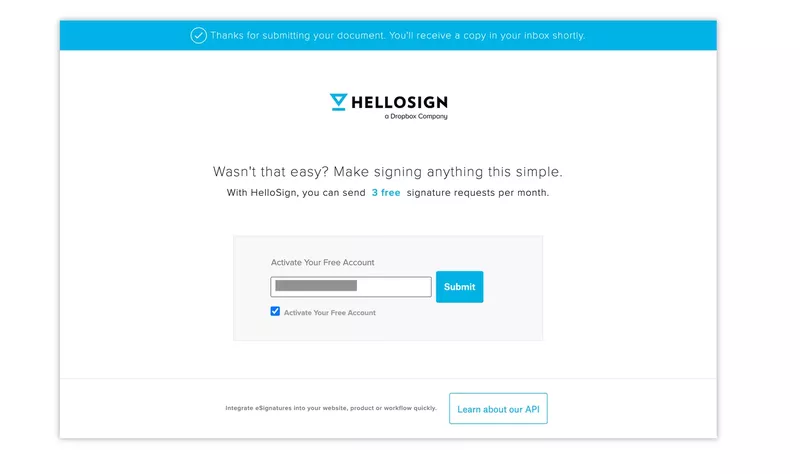
A growth loop is a self-reinforcing cycle where every user action leads to an output, which in turn generates more inputs for the next cycle, driving continuous growth.
Three Main Components:
- Input: The initial trigger or action, such as a user signing up.
- Action: The main activity or behavior you want the user to take, like referring others.
- Output: The result of the action, which becomes the input for the next cycle, e.g., new user sign-ups from referrals.
✅ Acquisition growth loops, especially those based on referral programs, can be a cost-effective strategy for attracting potential users.
#7 Prioritize work emails during the signup
By explicitly asking for a work email during the signup. you’re more likely to get serious leads about your product or service, filtering out less engaged users.
👉 Work emails are valuable for segmentation and personalized outreach.
💡 Decrease Bounce Rates: Work emails are more reliable and less likely to bounce than personal emails.
#8 Revamp your (2-sided) referral program
“The key role of customer success is to drive expansion revenue (and reduce churn). Create a strategy around how you can increase the revenue with your existing customers. This includes: – Upselling strategy – Cross-selling strategy – Pricing Strategy This also includes product optimizations: How to streamline the process and make expansion (especially upgrading) frictionless (no additional checkouts or payment steps).”
#9 Send loom videos for cold outreach
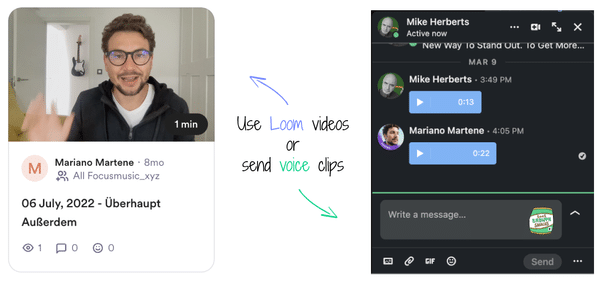
Create a video recorded specially for this person. Human interactions have another level, and just the idea that someone recorded a video for you provoques curiosity.
On the videos mention:
- who you’re,
- what you want,
- and what is in it for this person.
Keep it short, less than a minute.
PS: Experiment sharing though loom interface for extra Open Rate!
#10 Showcase Testimonials for each Persona
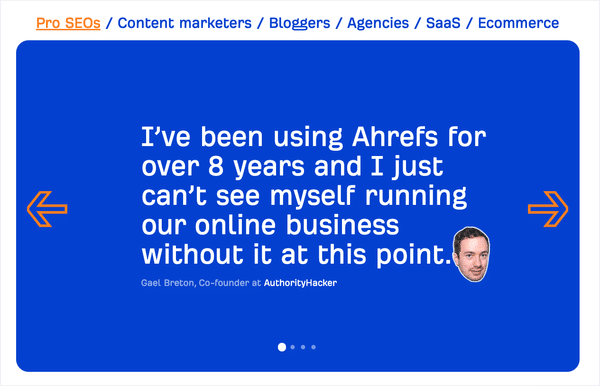
Ahrefs uses a widget that displays testimonials based on personas.
Each testimonial feature a Person on the Specifc role, for example for SaaS: Head of Marketer, Team Lead, etc.
Try if you can do the same!
- Identify Key Personas: Start by identifying the primary personas or categories of your user base.
- Collect Testimonials: Gather testimonials from users in each persona category. Ensure that these testimonials highlight the unique benefits and features relevant to that specific group.
- Implement: Develop a widget or feature on your website that can detect or ask the user’s persona. Based on this information, display the relevant testimonials.
#11 Take conscious decisions on Top-Down vs. Bottom-up Sales motion
Do you target the company/decision makers or users/employees directly?
Especially in the early stage you should focus on one clear sales motion and don’t try both in parallel.
10 key differences between a Top Down (ABM) vs. Bottom Up Sales Motion
- Target decision maker vs. Target users
- Larger deal size vs. Smaller contract size with upselling over time
- Faster and more structured (top-down) roll-out vs. (Bottom-Up) opportunistic expansion
- Few(er) leads top of funnel vs. Wide(r) funnel with lots of leads
- Sales-led growth (Sales demos) vs. self-service product-led growth (Free trials)
- Show value (in sales meetings) vs. experience value (aha moment of your product)
- Most sales touchpoints before using the product vs. most sales touchpoints after product sign-up (focus on activation, expansion & retention)
- Multiple stakeholders vs. one buyer persona/user
- Longer sales cycle vs. fast(er) sales cycle
- Lower churn vs. higher churn
#12 Test indirect channels – Partnerships
Identify 5 potential partners (who sell complimentary services/products to the same target audience) and do a co-promotion deal / ideally a long-term partnership.
#13 Use template libraries to unlock growth
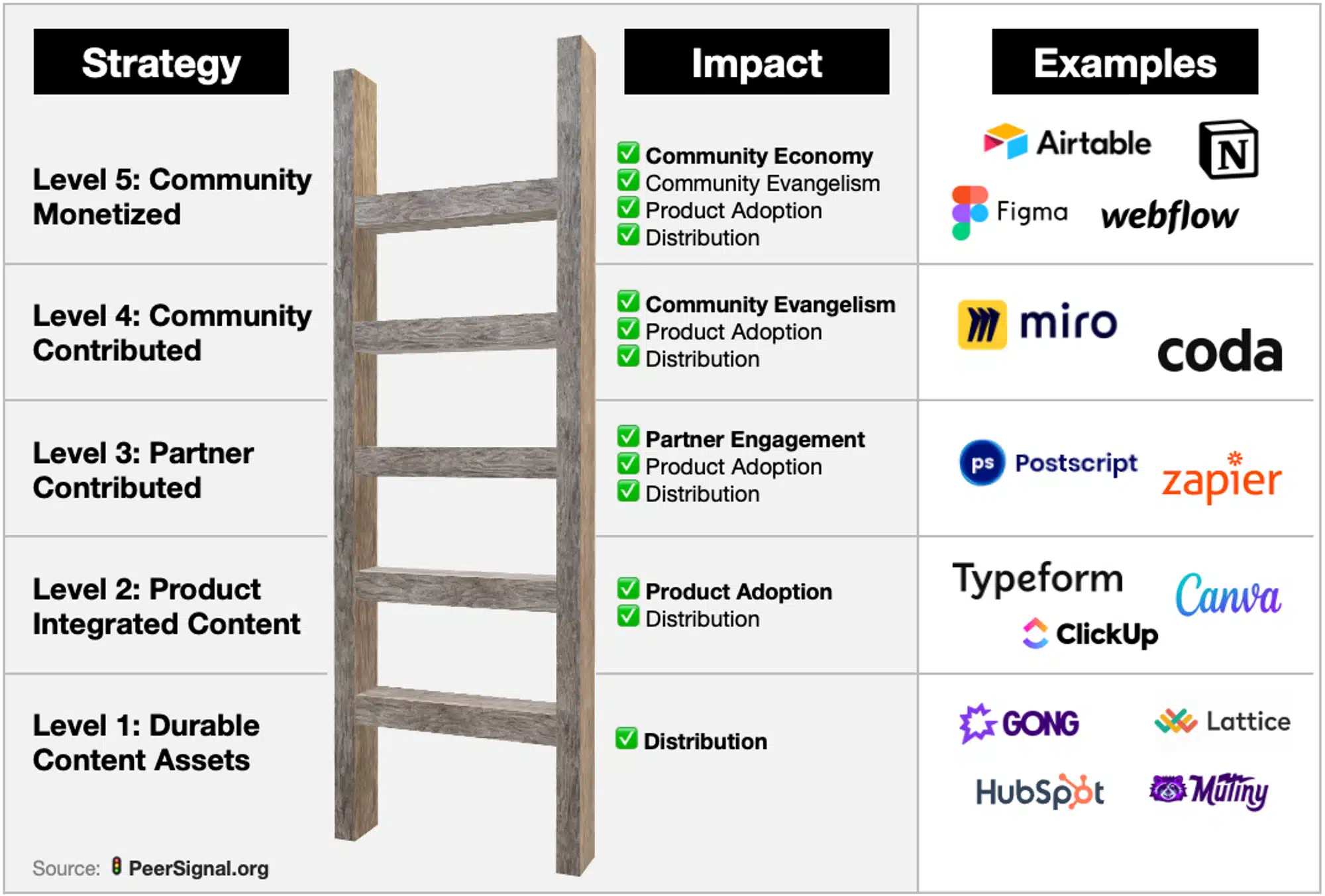
Template libraries have become a pivotal growth strategy for many B2B SaaS companies, especially those following a product-led growth (PLG) model.
Level 5: Community Monetized
— In Figma’s template library, you see the pinnacle.
— The template library does it all – distribution leverage, product adoption, partner engagement, community engagement, and community monetization.
— Notion, Airtable, and Webflow are also shining examples.
Level 4: Community Contributed
— Before building a creator economy around SaaS templates, many companies will open the doors to community contribution. Examples: Miro, Coda.
— When executed well, it gives the community more depth and massively broadens the distribution and product adoption benefits.
Level 3: Partner Contributed
— Companies with strong partner programs can tap their ecosystem to contribute templates.
— This approach supports partner distribution, vendor distribution, and product adoption.
— Postscript and Zapier are good examples here.
Level 2: Product Integrated
— This strategy helps horizontal platforms position for specific problems and personas.
— Is it content or is it a product feature? Both!
— Many PLG companies build/generate the content and then let users access, load, or integrate them into the product experience.
— Examples: ClickUp, Typeform, Canva, Dooly
Level 1: Durable Content Assets
— In some contexts, product and/or community integration doesn’t make sense. But template libraries might still be the ultimate “lead magnet” with built-in distribution.
— Gong, Mutiny, and Lattice are other great modern examples.
— HubSpot has run this playbook at high volume for years.
Credits: https://www.linkedin.com/posts/adamschoenfeld_figma-more-plg-template-strategies-activity-6978730696114601985-XYOj/ and https://www.linkedin.com/in/ACoAAAkUXIEBMjingqVYsl_Hw4nJEHPUQ9iKcAc from PeerSignal.org
Full analysis and Examples with Summary deck 👉 https://lnkd.in/dSh3WSiA
To fuel your quest for growth, we’re excited to share this exclusive resource: “30 Days of Growth“. Take full advantage of this bundle for an unbounded growth journey!🎯
